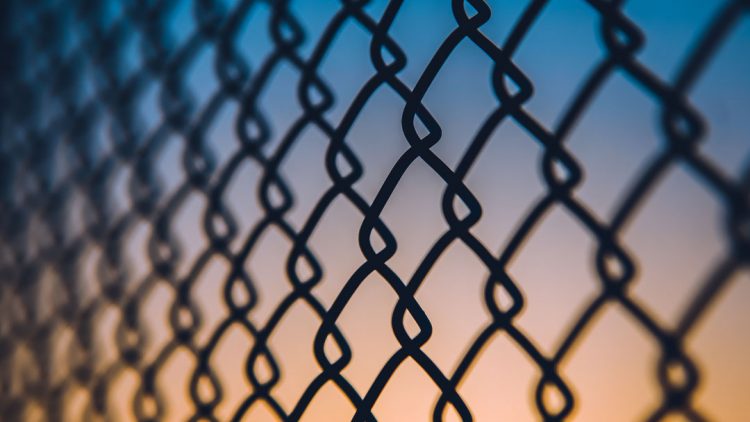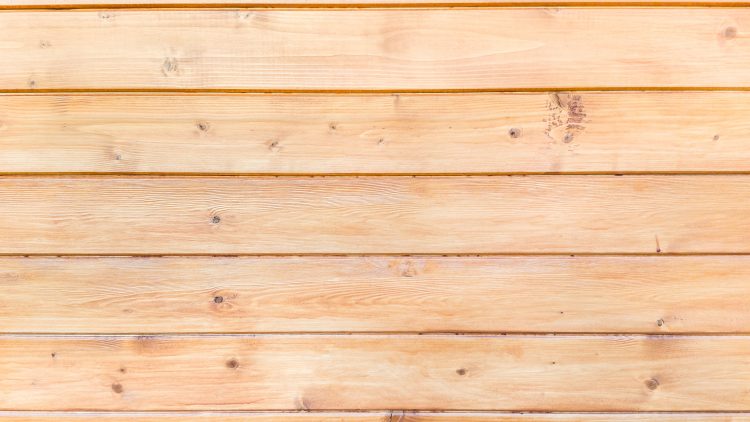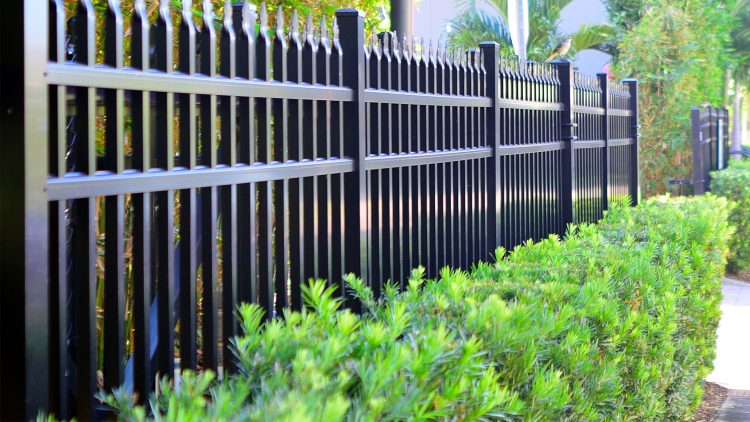Fence Installation Costs 2025
The cost of fence installation in 2025 varies based on factors such as material, height, length, and location. In Arizona, specific average costs per linear foot for a 4-foot fence are:
- Wood Fence: Approximately $15.69
- Chain Link Fence: Around $13.16
- Aluminum Fence: About $25.30
- Vinyl Fence: Approximately $20.24
- Wrought Iron Fence: Around $25.30
For a standard yard requiring about 200 linear feet of fencing, the total installation cost typically ranges between $10,000 and $12,000. This estimate can vary depending on the chosen material and specific project requirements.
It’s important to note that these figures are averages, and actual costs can differ based on factors like material quality, labor rates, and site-specific conditions. For a precise estimate, it’s recommended to consult with local fencing contractors who can assess your specific needs and provide detailed quotes.
However, DIY projects require careful planning, the right tools, and a commitment to labor-intensive work. Before proceeding, consider your skill level and consult with professionals to ensure the project meets local building codes and standards.
Do You Need a Permit To Build A Fence
In most places, you do need a permit to build a fence, but the specific requirements depend on your local zoning laws and regulations. Here are some general guidelines:
When a Permit is Required:
- Height Restrictions: Many cities require permits for fences over 6 feet in height (residential) or 4 feet in front yards.
- Property Line & Setbacks: If the fence is near the property line, you may need a permit and possibly approval from neighbors.
- Material Restrictions: Some areas have restrictions on fence materials, especially for historical districts or HOAs.
- Corner Lots & Visibility: If your fence could block visibility at an intersection or driveway, a permit is often required.
- HOA Rules: If you live in a neighborhood with a Homeowners Association (HOA), they may have their own guidelines.
When a Permit is Not Required:
- Small or Temporary Fences: Low garden fences (under 3-4 feet) or temporary fencing may not need a permit.
- Replacing an Existing Fence: If you’re just repairing or replacing an existing fence of the same height and material, a permit might not be necessary.
How to Check Permit Requirements:
- City/County Zoning Office: Contact your local building department or check their website.
- HOA or Neighborhood Guidelines: If you have an HOA, they may have additional restrictions.
- Utility Companies: Before digging, call 811 to check for underground utility lines.
Do Fences Add To The Value of a Property?
Yes, fences can add value to a property, but the impact depends on factors like material, location, and buyer preferences. Here’s how a fence can influence property value:
Ways a Fence Can Increase Property Value




Factors That Affect Value
- Material Matters: High-quality materials like vinyl, wrought iron, or cedar wood tend to add more value than chain-link fences.
- Neighborhood Expectations: In some areas, a fence is an expectation and not necessarily an extra value-add.
- Condition & Maintenance: A well-maintained fence boosts value, but a damaged or neglected one can hurt curb appeal.
- Type of Fence: Privacy fences (solid wood or vinyl) generally increase value more than simple chain-link or picket fences.
Situations Where a Fence Might Not Help



ROI (Return on Investment)
- A well-designed, quality fence can offer a 50-75% ROI, depending on materials and market conditions.
- In high-demand areas for privacy, a fence can boost resale value by thousands.



